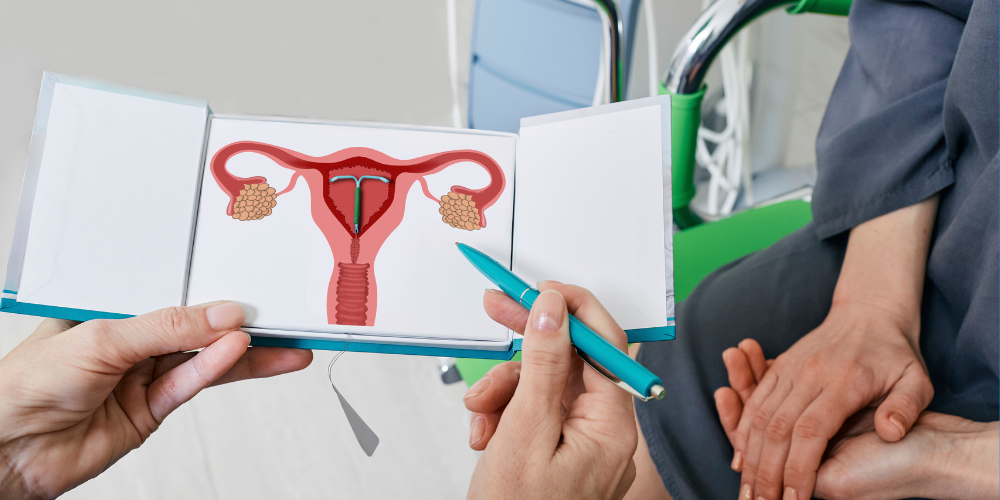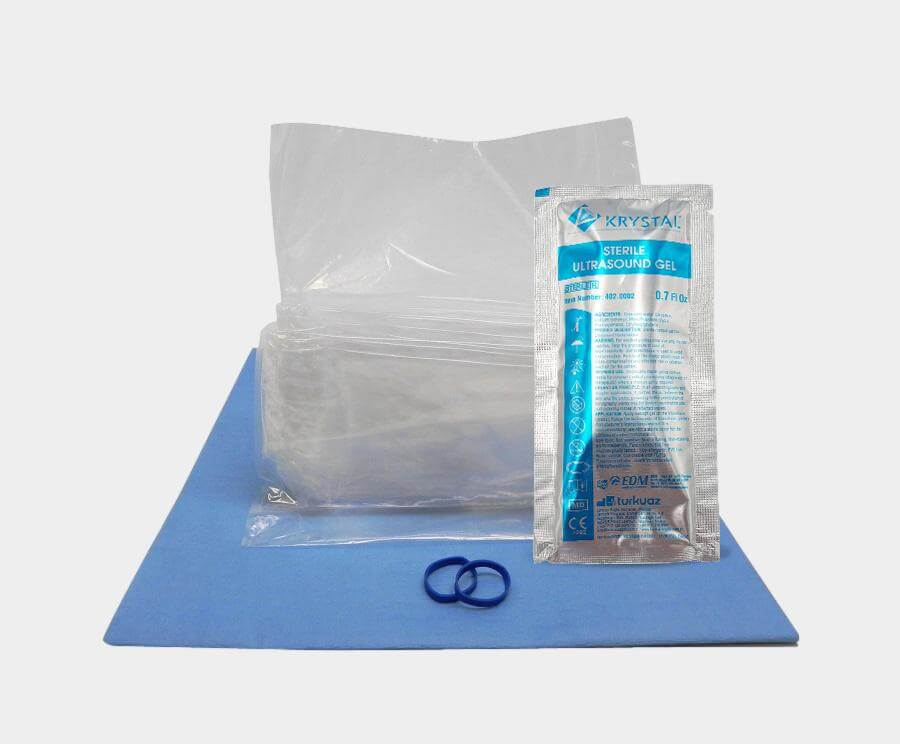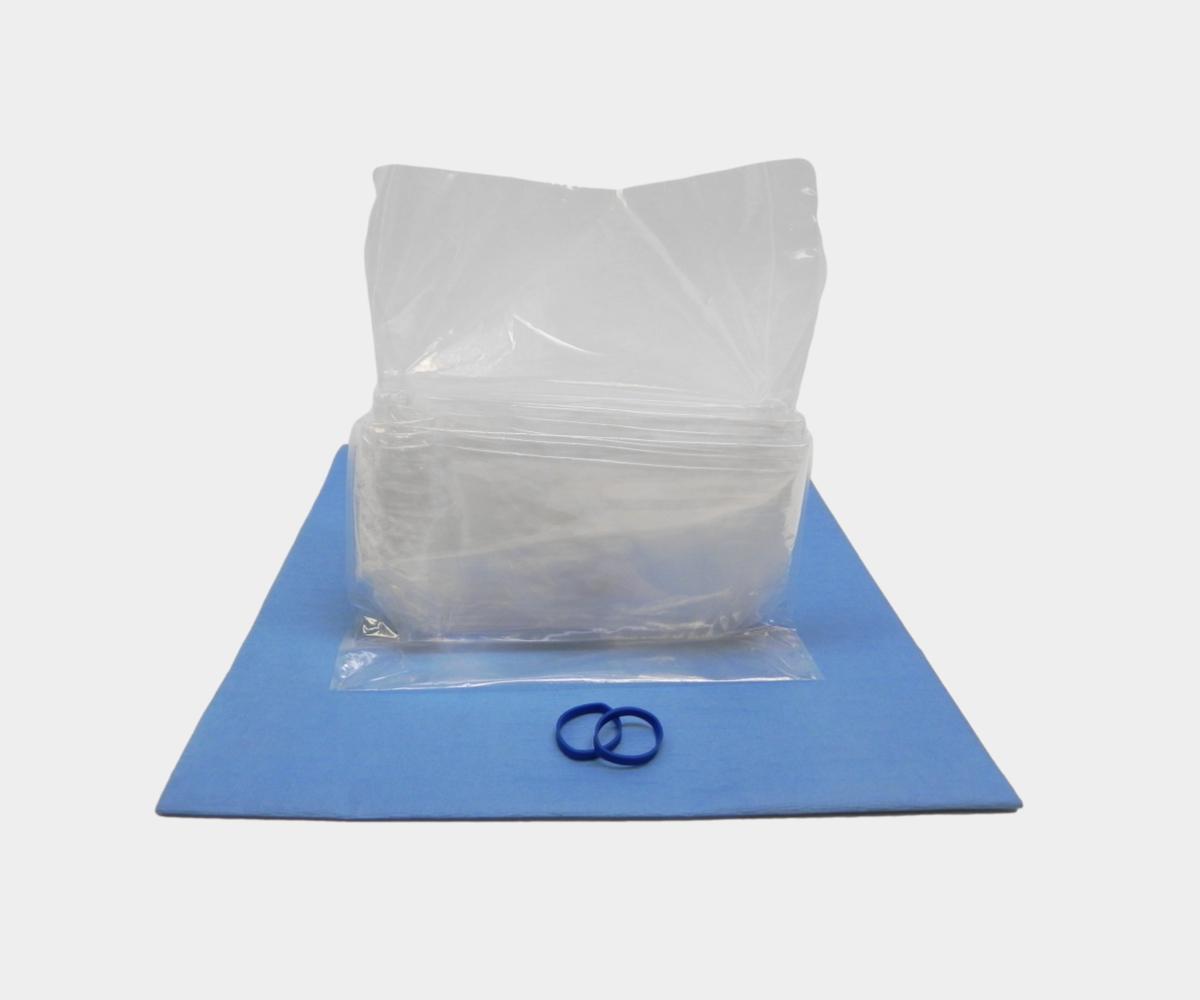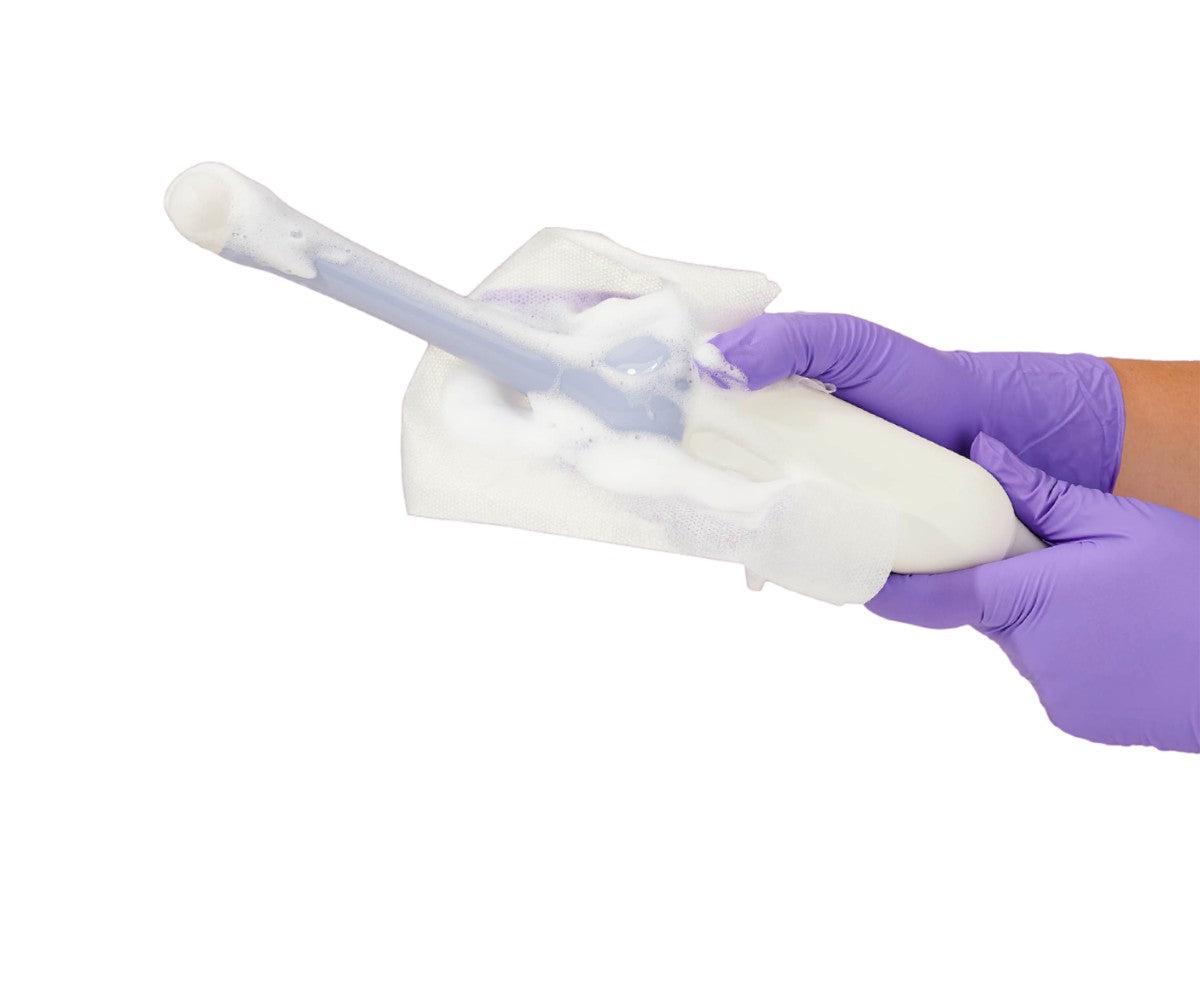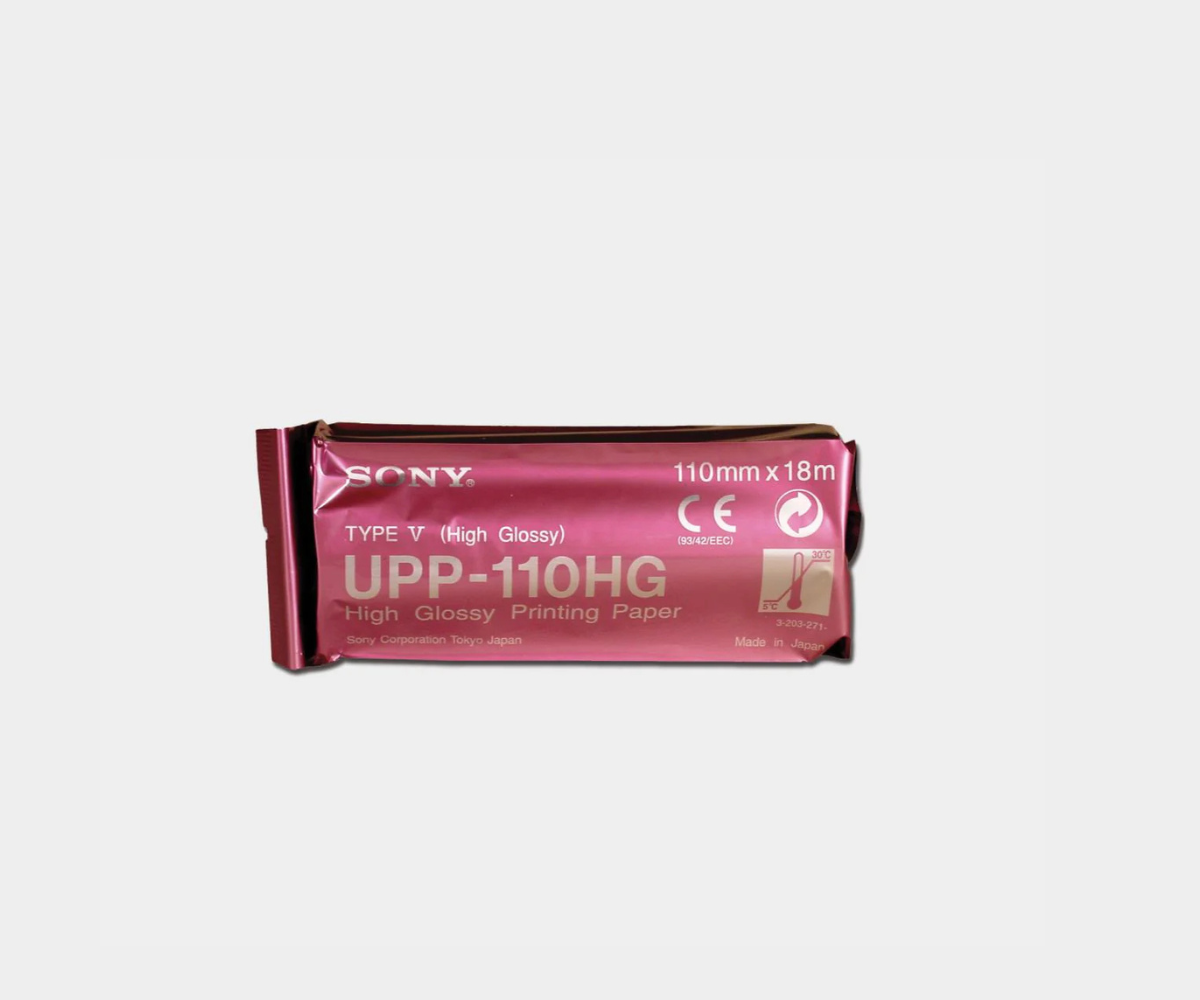The intrauterine device (IUD) is one of the most effective forms of birth control available today. It’s long-lasting, low-maintenance, and over 99% effective at preventing pregnancy. Still, many women feel nervous about the insertion or removal process — often because they don’t know what to expect.
In this article, we walk through what actually happens during an IUD insertion and removal, so you can feel more prepared and informed.
What to Know Before Your IUD Appointment
Before the procedure, your healthcare provider will talk with you about your medical history and whether an IUD is the right option. You may be tested for infections and have a pelvic exam. In some cases, you’ll be asked to take a pain reliever beforehand to ease any cramping during the procedure.
Step-by-Step IUD Insertion Process: What to Expect
The actual insertion takes just a few minutes.
First, you'll lie on an exam table like you would for a Pap smear. A speculum is used to gently open the vagina so the provider can see the cervix. The cervix is cleaned, and the depth of your uterus is measured to ensure the IUD is placed correctly.
Then, the IUD — a small, T-shaped device — is inserted through a narrow tube into the uterus. You might feel cramping or pressure during this part, but it usually passes quickly. Once in place, the strings are trimmed, and you're done.
Mild cramping or spotting is normal after insertion, and most women can return to their usual activities within a day or two.IUD Removal Process: Quick and Simple
IUD Removal Process: Quick and Simple
IUD removal is typically even faster than insertion. During a regular office visit, your provider will locate the IUD strings, gently pull them, and the device will slide out. Most women feel only mild discomfort or cramping.
If you're planning to get pregnant, fertility usually returns immediately after removal. If you're switching methods or getting a new IUD, both can often be done during the same visit.
When to Follow Up After IUD Insertion
It's a good idea to check in with your provider a few weeks after insertion to make sure everything is in place. Also, contact your provider if you experience heavy bleeding, severe pain, or signs of infection at any point.
IUD insertion and removal are safe, common procedures performed every day in clinics around the world. Knowing what to expect helps reduce anxiety and makes it easier to focus on what matters most — your reproductive health and peace of mind.
If you're considering an IUD or are due for removal, speak with your healthcare provider to discuss what’s right for you.

